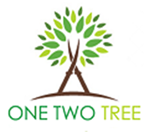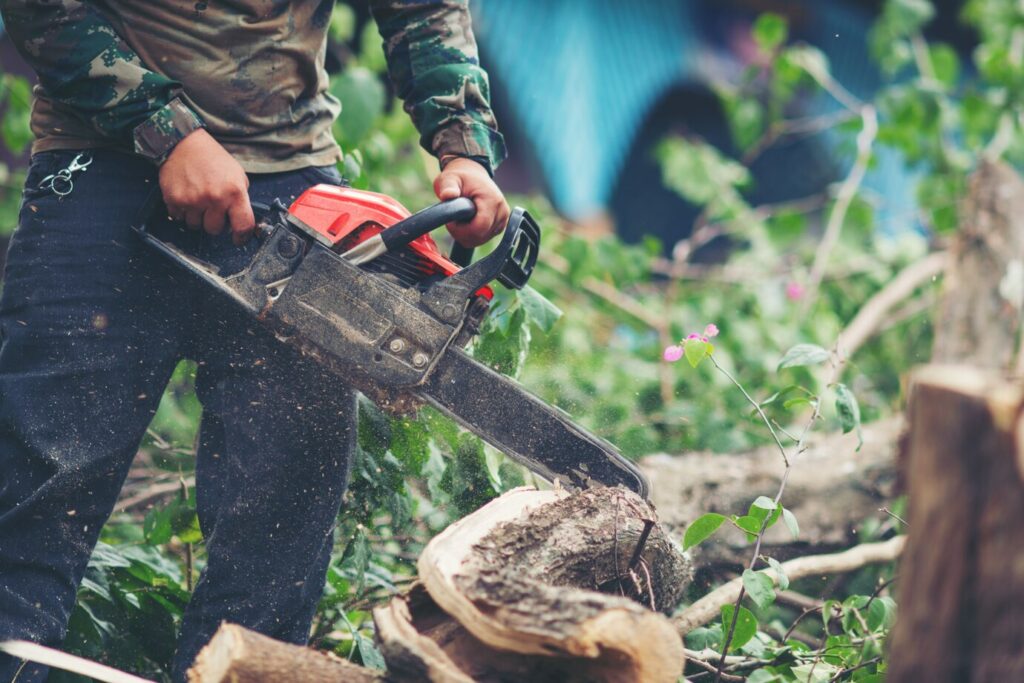Proper tree trimming is important for the health and appearance of your trees. Knowing when to trim your trees can make a big difference in their growth and well-being. Each season offers unique benefits and challenges. Understanding the best times for trimming can help you make informed decisions about your landscape care.
We often overlook the importance of timing in tree trimming. Whether it’s encouraging new growth in spring, preventing disease in the summer, or preparing trees for winter, timing matters. Mistakes in trimming can lead to damaged trees or even tree loss. By learning about common mistakes, we can avoid harming our trees.
Professional tree trimming services ensure trees are trimmed correctly and at the right times. By using experts, we can enhance the health and beauty of our trees, thus improving the overall look of our properties. Quality tree care leads to stronger, healthier trees that can withstand weather changes and resist diseases. Understanding the ideal times for tree trimming and the benefits of each season can keep our trees in top shape.
Understanding the Ideal Times for Tree Trimming
Proper timing for tree trimming is crucial for maintaining the health and structure of your trees. Trimming at the wrong time can cause stress to the tree and reduce its vitality. Generally, the best time to trim trees is during their dormant season. For most trees, this means late winter to early spring, right before new growth starts. This period allows trees to recover quickly since they are not in an active growing phase, making it easier for cuts to heal without attracting pests or diseases.
However, some trees may require trimming during specific times of the year due to their particular growth patterns and needs. For example, flowering trees should be trimmed after their bloom period to avoid cutting off next season’s buds. On the other hand, fruit trees often benefit from a summer trim to enhance sunlight penetration and airflow, which supports better fruit production. Knowing the ideal times for tree trimming ensures optimal tree health and beauty.
The Benefits of Trimming Trees in Different Seasons
Trimming trees in different seasons offers various benefits depending on the type of tree and the specific goals you have for your landscape. Here are some key advantages:
1. Winter (Dormant Season):
– Reduces Stress: Trees are less active, so trimming causes less shock.
– Easier Visibility: Without leaves, it’s easier to see the tree’s structure and make precise cuts.
– Disease Prevention: Cold weather inhibits the spread of diseases and pests attracted to fresh cuts.
2. Spring:
– Promotes Growth: Trimming just before the sap starts to flow boosts new growth.
– Shape Correction: Ideal for shaping ornamental trees and encouraging a strong structure.
3. Summer:
– Controls Growth: Helps manage overly vigorous growth and shape the tree.
– Enhances Sunlight and Airflow: Improves conditions for fruit-bearing trees and reduces fungal growth.
4. Fall:
– Rids Dead Branches: Eliminates dead or weak branches that could break during winter storms.
– Simplifies Cleanup: Fallen leaves make it easier to spot problematic branches.
Each season presents unique opportunities for maintaining and improving the health of your trees. By understanding and using these seasonal benefits, we can ensure that our trees remain healthy, safe, and visually appealing throughout the year.
Common Mistakes to Avoid When Trimming Trees
Trimming trees may seem straightforward, but several common mistakes can harm the tree’s health and overall appearance. Here are some key errors to watch out for:
1. Improper Timing: Trimming at the wrong time can stress the tree, make it more susceptible to disease, or hinder its growth. Always consider the type of tree and the season.
2. Incorrect Cuts: Cutting too close to the trunk or at the wrong angle can damage the tree and slow its healing process. Proper cuts should be made at a slight angle away from the tree to promote efficient healing.
3. Over-Trimming: Removing too much foliage can weaken the tree by reducing its ability to produce food through photosynthesis. A good rule of thumb is to never cut more than 25% of the tree’s canopy in one trimming session.
4. Ignoring Safety: Tree trimming can be hazardous without the right safety measures and equipment. Always use appropriate tools and wear protective gear, and never attempt to trim branches near power lines without professional help.
By avoiding these common mistakes, we help ensure our trees remain healthy and continue to thrive in our landscapes.
How Professional Tree Trimming Enhances Tree Health
Professional tree trimming goes beyond simple aesthetic improvements. It plays a crucial role in enhancing tree health, ensuring longevity, and promoting safety. Here’s how working with experts makes a significant difference:
1. Disease Prevention: Professional trimmers can identify and remove diseased or infected branches before the condition spreads to the rest of the tree. This proactive approach helps protect the tree’s health and the surrounding plant life as well.
2. Promotes Strong Growth: Proper trimming techniques, carried out by knowledgeable professionals, encourage strong and healthy growth. Removing weak or overcrowded branches allows sunlight and air to circulate freely through the canopy, reducing the risk of fungal growth and boosting the tree’s overall vitality.
3. Enhances Structural Integrity: Professionals understand how to trim trees to ensure their structural integrity. Correctly pruned trees are less likely to suffer from branch breakage or pose a hazard during storms, thus protecting both the tree and nearby structures.
4. Aesthetics and Longevity: Expert trimmers can shape the tree in a way that enhances its natural beauty and ensures it grows in a balanced manner. This nurturing care can extend the tree’s lifespan and maintain its attractiveness for years to come.
Engaging professional tree trimmers is an investment in the health and safety of your trees and landscape. Their expertise ensures that trees are trimmed correctly, minimizing potential risks and maximizing benefits.
Conclusion
Maintaining your trees through proper trimming is vital for keeping them healthy and your landscape beautiful. Understanding when and how to trim your trees while avoiding common mistakes can make a significant difference in their health and appearance. Professional tree trimming not only prevents diseases but also promotes strong growth and enhances the structural integrity of your trees.
If you want to ensure your trees receive the best care possible, consider professional services. At One Two Tree, we are dedicated to enhancing the health and beauty of your landscape. Our team of professionals is ready to assist you with tree trimming in Atlanta. Contact One Two Tree today to schedule a consultation and see how we can help your trees thrive.

